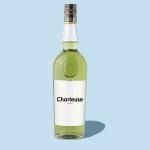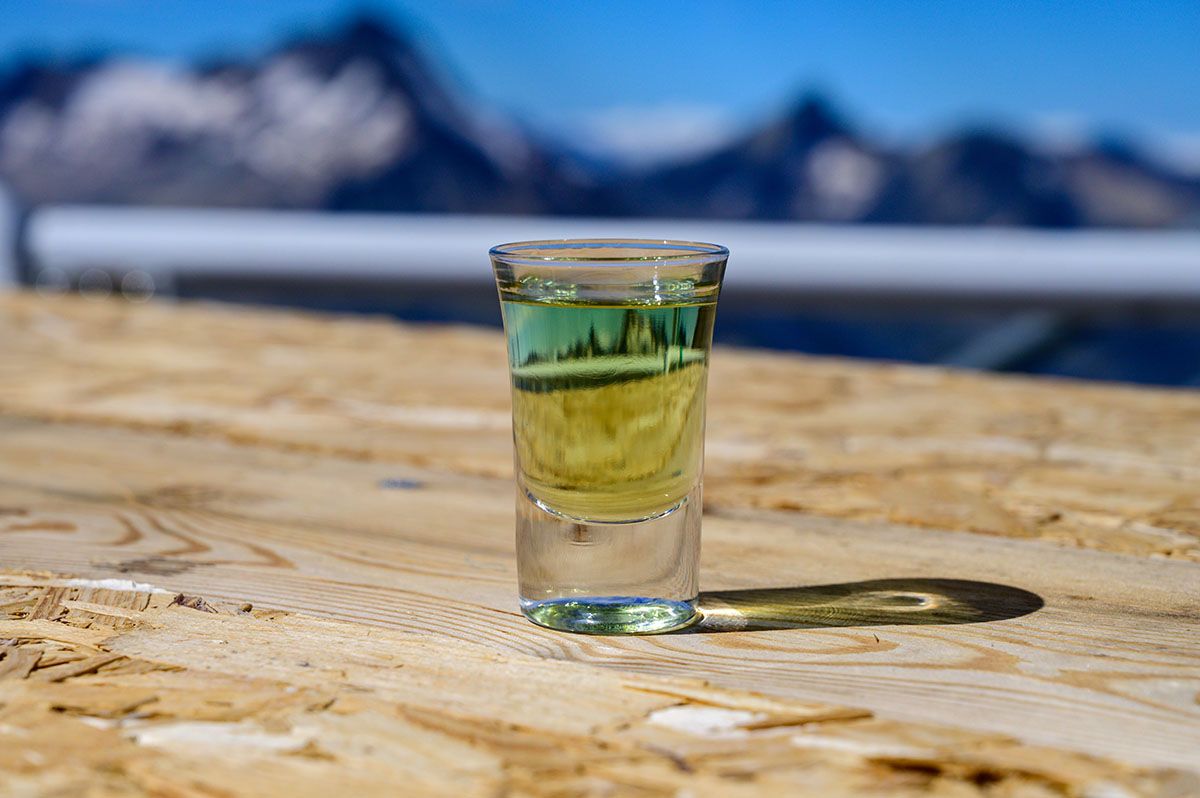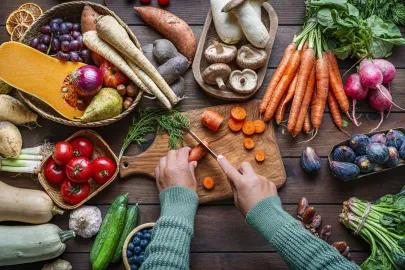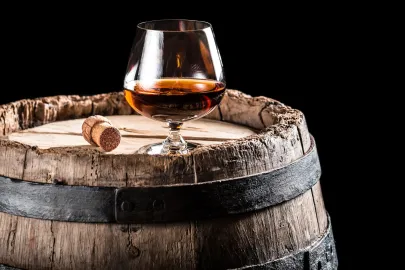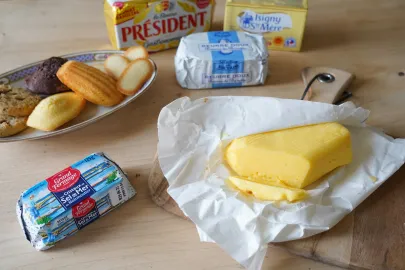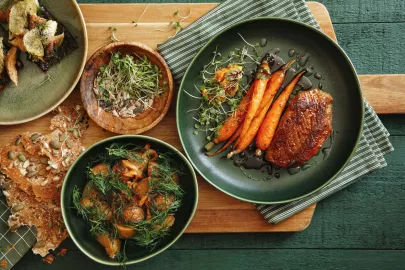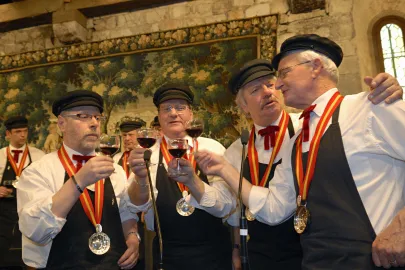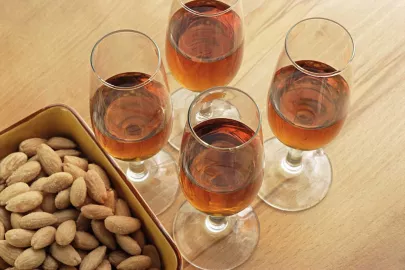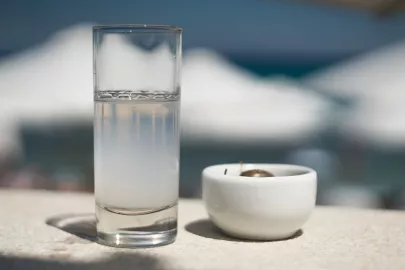An ‘elixir of long life’ was the genesis of these popular liqueurs made from herbs and spices in the 18th century by Carthusian monks. Who would have believed it? --- The beginning of a wild adventure. A report from the producer's new distillery and cellars located to the north of Grenoble.
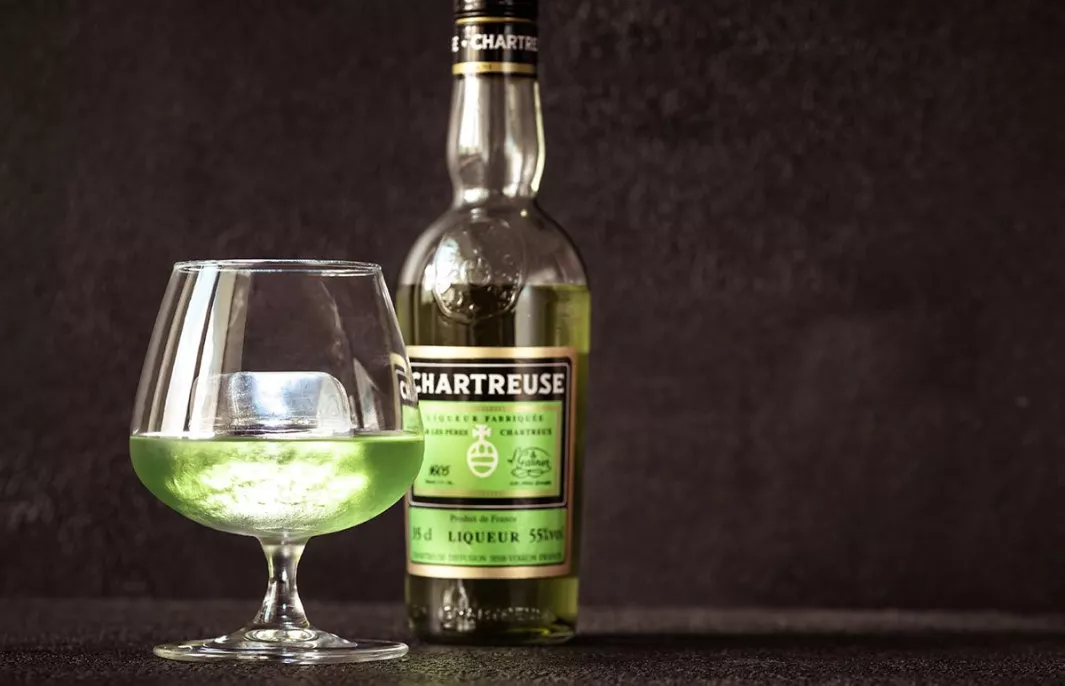
At the start of this new year, snow falls thickly in the Chartreuse mountain range. Blending into its surroundings, the Aiguenoire distillery is hard to spot under this white blanket. --- While this land belonged to the Carthusian Order of monks more than 400 years ago, since 2018 it has only been home to a gleaming production site. In 2022, the cellars will also be moved to the site from Voiron. The last stage in a long journey...
A turbulent past
Starting point: Paris. This is where Marshal d’Estrées arrived in 1605. His luggage contained a manuscript comprising the formula for an elixir of long life. It caused quite a stir. The prior general of the monastery of the Grande Chartreuse in Voiron even demanded the famous recipe be handed over. The only problem was that it contained over 130 plants and spices. Making the elixir would require patience and know-how. The first finished “remedy” was only made in 1737. However, its alcohol content was 71%! It had to be weakened. Finally, in 1764, Élixir Végétal de la Grande Chartreuse was born, followed a few years later, in 1840, by Green and Yellow Chartreuse. A relief? Not really. The expulsion of the Order in 1903 and the First World War meant that the monks and their distillery had to move on several occasions between France and Spain, before finally returning to their first home: Chartreuse caves were the monks had a distillery.
Secret recipes
Throughout this period, nothing changed: the homemade formulas remained solely in the hands of the Order. For more than 250 years, production was never interrupted. This morning, in Aiguenoire, it goes on as usual. The preparation has been distilled, macerated and infused in cold water. Three weeks ago, the mixing of the liqueurs’ 130 plants and spices was supervised by the only two Carthusian monks in the world who know the famous recipes. When the time is right, they decide on whether to blend the mix while adding osmosis-purified water and cane sugar. The mix is then placed in the ageing cellar in two different environments (85% and 75% humidity) and in barrels of various sizes in accordance with a confidential process. Why? To increase the aromatic complexity and to reduce the alcohol content. Once these undisclosed periods of time have elapsed, two Brothers decide whether a batch of Green or Yellow Chartreuse is ready for bottling, if the ageing process has to be continued, or if the batch should undergo “extra long ageing” (Vieillissement Exceptionnellement Prolongée - V.E.P.) for a period of time that is... top secret.
At the end of the cycle, coarse filtration makes the liqueurs sparkle while allowing their live ingredients to develop. Demand for these liqueurs is high among gourmets and mixologists in France, of course, but also in Spain, Germany, the UK, the US and Japan. They particularly enjoy the plant flavours in soufflés, chocolates or even in a Yellow Cocktail, for example (see Cravan recipe). Cheers!
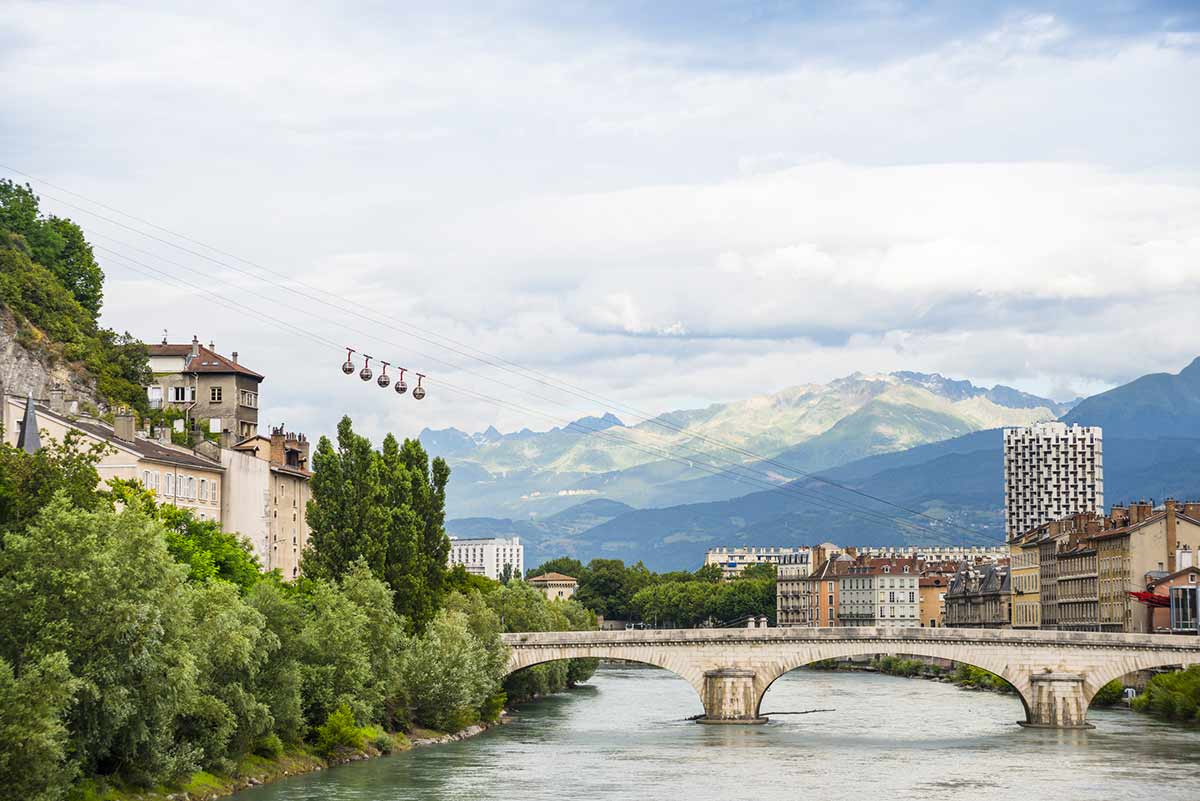
© ©Getty_images
Contributor

Editor

